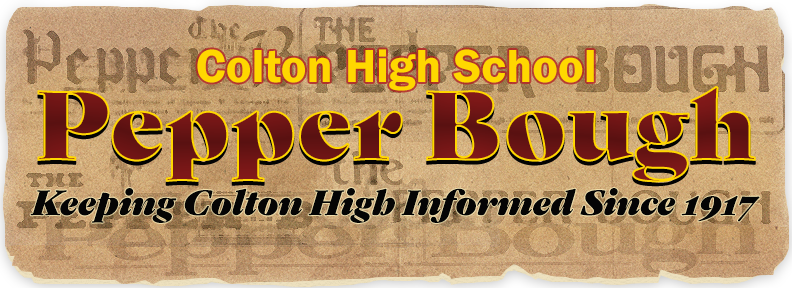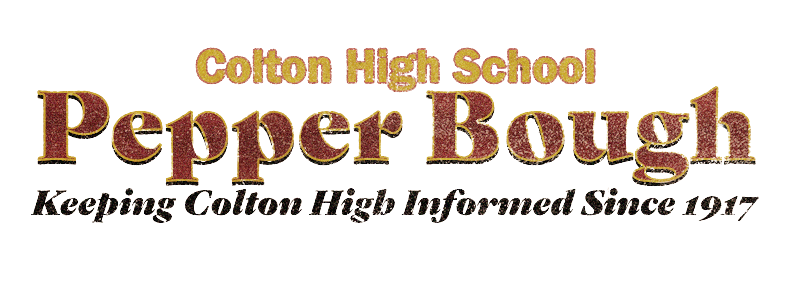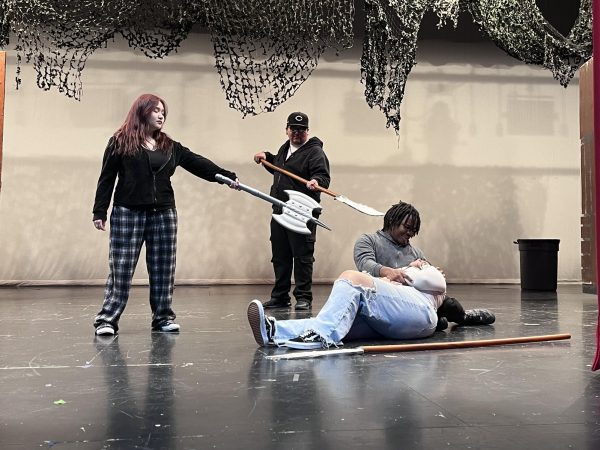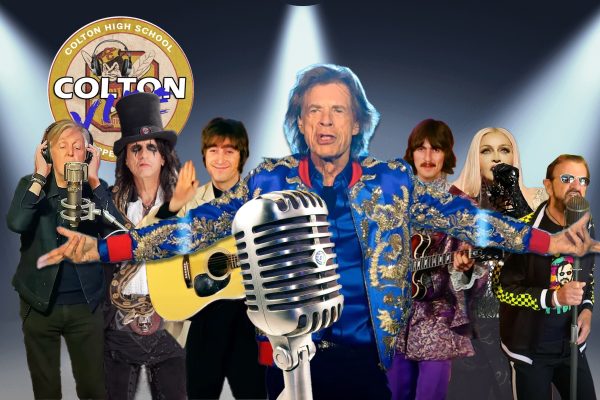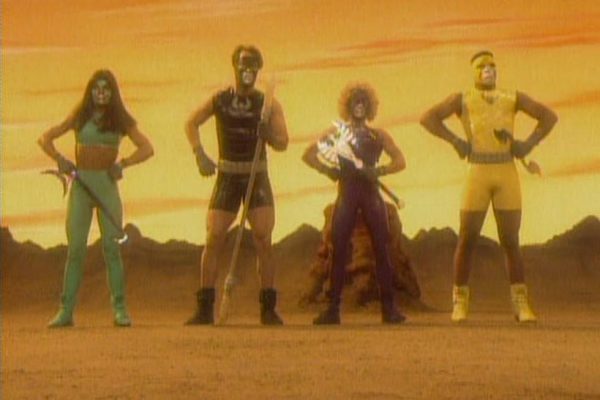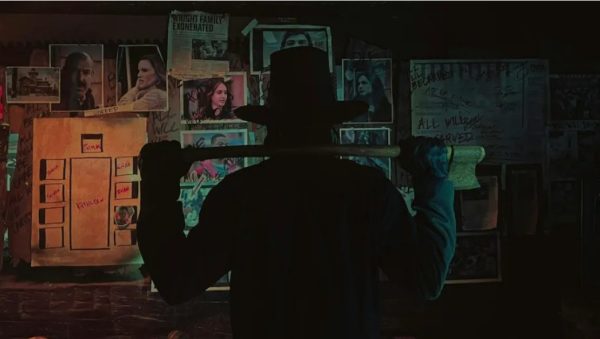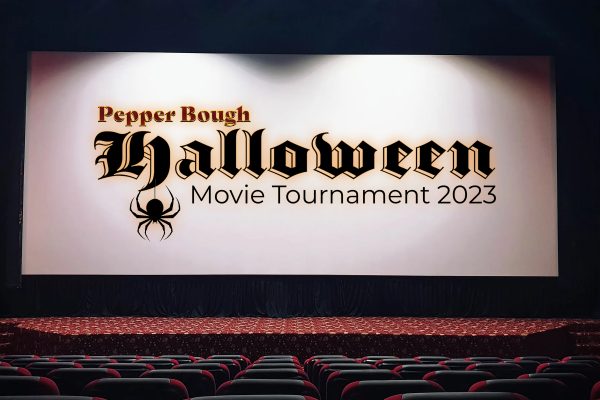The Best Years of Horror: 1973
Horror turns inward after a decade of vampires, creeps, and psychedelic terrors
1973 was a landmark year for horror, as movies like “The Exorcist” and “The Wicker Man” offered brand new scares in old packages, and cult films like “The Baby” showed that horror could come in many varieties.
Up till 1973, horror movies focused on the physical, the monster that looms and intimidates the audience, and a focus on identifying the physical threat rather than defeating it. Outliers like “Psycho” and “Rosemary’s Baby” stood in stark contrast to the adaptations of Edgar Allan Poe stories starring Vincent Price, or the multitudes of vampire movies coming out of Hammer Studios in England.
But then the 70s happened.
The decade itself was a wild transformation of the horror genre, as a rebellious group of filmmakers, high on the liberation of the late 60s and the sudden liberation to be found within a movie industry looking for the next big thing, began making the kind of horror movies that would shape the decades to come.
1973 was an especially remarkable year. Psychological horror-struck fear audiences due to their inability to fight something they could not see. Supernatural, Cult mentality, and emotional turmoil became the new standard for horror movies, starting with:
The Exorcist (1973, dir. William Friedkin)
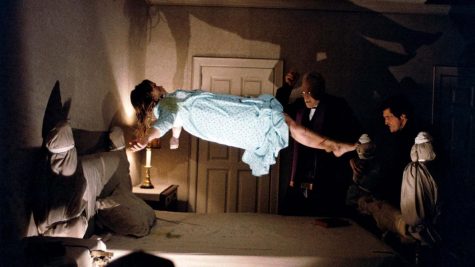
In 1973, Director William Friedkin took on the massive undertaking of transforming William Peter Blatty’s novel “The Exorcist” into something truly devastating. To start, he made the movie’s focus on a vulnerable, sweet child named Regan (Linda Blair), a decision that was quite uncommon up to that point as the notion of putting children in life threatening situations had not been permitted under the former production code. However, with the brand new MPAA ratings system established in 1968, Friedkin suddenly had a freedom his forebears could only have dreamed of.
“The Exorcist’s” plot follows a desperate mother (Ellen Burstyn), desperate to find a cure for her daughter’s mysterious illness. Once the limits of modern medicine are reached, and her child becomes a head-spinning hellspawn, she turns to religion, inviting a Catholic priest (Max Von Sydow) into her home to save this little girl and her soul.
With its iconic atmospheres, sets, and some memorable practical effects by legendary FX artist Dick Smith, “The Exorcist” stands the test of time. At this point, it is so ingrained in our culture that many of its greatest scares may even feel diluted, as they have been parodied in every way possible, referenced on many famous cartoons like “The Simpsons” and “Family Guy.”
But in 1973, “The Exorcist” was a blockbuster. People lined up around city blocks to catch a screening, to test their mettle. Part of this was due to Warner Bros. Studio’s strategy to release it on December 26 to capitalize on the sacrilege. Buzz built, and the film was a box office hit.
Today, “The Exorcist” is a Halloween meme, but it still finds a way to keep new audiences up at night. There’s something about this movie that leaves its mark on people.
The Wicker Man (1973, dir. Robin Hardy)
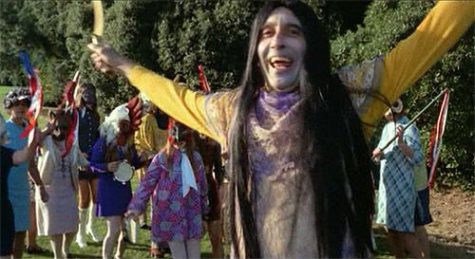
Before “Midsommar” reminded moviegoers that seemingly bright and perfect communities can also be the setting for the truly terrifying, there was this original island of pagans with plastered smiles that we learn to fear.
When many think of “The Wicker Man” these days, they are struck by memes of Nicolas Cage screaming about bees. That image from the 2006 remake did a disservice to the source material, Robin Hardy’s creepy folk horror from 1973.
“The Wicker Man” follows a police officer who travels to Summerisle, a secluded island searching for a missing child. When he gets there, he finds that despite evidence of the child’s existence, Summerisle’s inhabitants pretend she is not there, seeming to play games with him. Soon he discovers their pagan beliefs and fears the worst has been done to the child, not realizing he may also be in mortal danger.
Unlike most horror movies of its time, including other folk horrors like “Witchfinder General” (1968), “The Wicker Man” was mainly filmed in daylight, presenting as a very bright movie. Unexpected for a horror movie at the time, but that just added to its unsettling atmosphere. Also, Summerisle’s overt friendliness while participating in pagan acts only increases the discomfort.
Where the audience was used to a menace, this supernatural entity would cause harm. Instead, the film pulls the rug out from under the audience by making what appears to be a group of harmless hippies the real danger in the story.
The Baby (1973, dir. Ted Post)
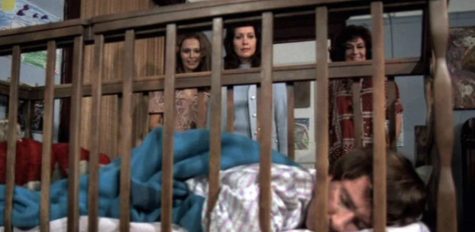
While many horror movies employ the supernatural, jump scares, or strange environments, there are a few that work simply on capturing the unsettling and the bizarre. “The Baby,” directed by Ted Post and written by Abe Polsky, drew from our dark interest in freak shows, to create a situation designed for maximum discomfort and maybe a hint of shame for watching
This oddity begins with a social worker named Ann (Anjanette Comer) who takes on a particular case of a family of women caring for Baby, a 21-year-old man still in diapers who they claim is incapable of caring for himself.
Drawn to this case, Ann digs in and discovers more about the family’s cruelty towards Baby. In one memorable scene, Baby is disciplined with a cattle prod. Ann decides she needs to save him.
But, of course, there’s a twist ending. And it is deeply shocking.
What makes “The Baby” a crucial film horror is that there is no outside supernatural, hyped-up killer, or even a natural danger. The source of this horror is the threat of losing a child. In some ways, it isn’t all that different from “The Exorcist.” The domestic trappings of this film combined with the deep absurdity of the premise, make it uncomfortable and unforgettable.
1973 was the year horror began to dive into the psychological fear, fear that wasn’t brought on by make-believe creatures, but by fellow humans and things that could never be in someone’s control. That is truly something we all fear.
Recently, the CHS Publications Department experienced a major theft as over $20,000 in photography equipment was stolen from our studio over Spring Break. This included all cameras. Any amount you donate will help rebuild our program. Thank you!


